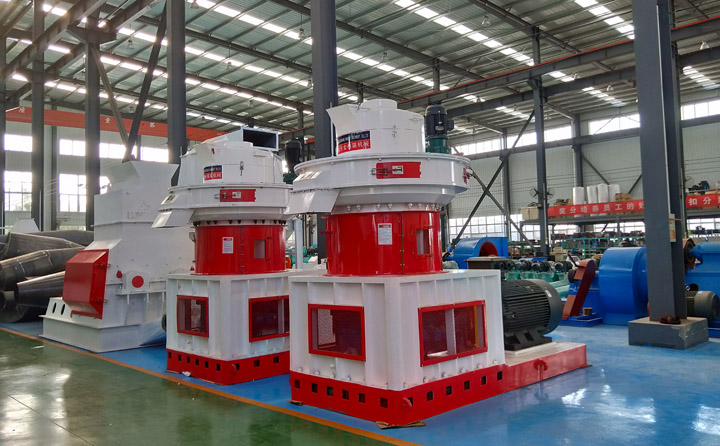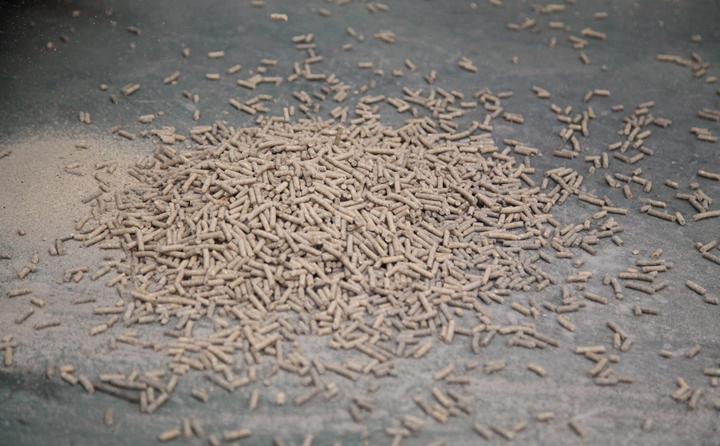Turn waste biomass into treasure
The person in charge of the biomass pellet company said: “The raw materials of our company’s pellet fuel are reeds, wheat straw, sunflower stalks, templates, corn stalks, corn cobs, branches, firewood, bark, roots and other agricultural and forestry wastes. The material fuel pellet machine is physically extruded.” In the company’s material yard, Wang Min, the person in charge of the material yard, pointed to the neatly stacked rows of fuel and introduced to us, “The company’s fuel inventory has always been maintained at about 30,000 tons, and every day The production is around 800 tons.”
There are millions of mu of basic farmland within 100 kilometers around the company, producing nearly one million tons of crop straw every year.
In the past, only part of these straws were used as feed, and the rest were not fully and effectively used, which not only caused a certain impact on the environment, but also had a great potential safety hazard. The biomass pellet company reuses these underutilized agricultural and forestry wastes, consuming about 300,000 tons per year. This move not only turns agricultural and forestry wastes into treasures and harms into benefits, but also directly arranges employment for many local people and increases the income of farmers. It is a targeted poverty alleviation model and a people-benefiting project encouraged by the state.
Biomass new energy has broad prospects
The agriculture and forestry biomass direct combustion power generation industry is the main way to achieve carbon neutrality and green circular development in my country, which is in line with the national spirit of “building a resource-saving and environment-friendly society”. As the main way to consume the only renewable fuel in nature, the comprehensive utilization of biomass energy has multiple attributes such as carbon reduction, environmental protection, and rural revitalization. The main technical route of the three types of demonstration projects is an excellent solution for the development of rural circular economy, which can increase the income of local farmers, solve local employment of farmers, develop rural circular economy, and solve problems such as comprehensive rural governance. It is encouraged by national policies. Clean, renewable energy and comprehensive utilization of agricultural and forestry biomass resources.
Post time: Mar-04-2022










